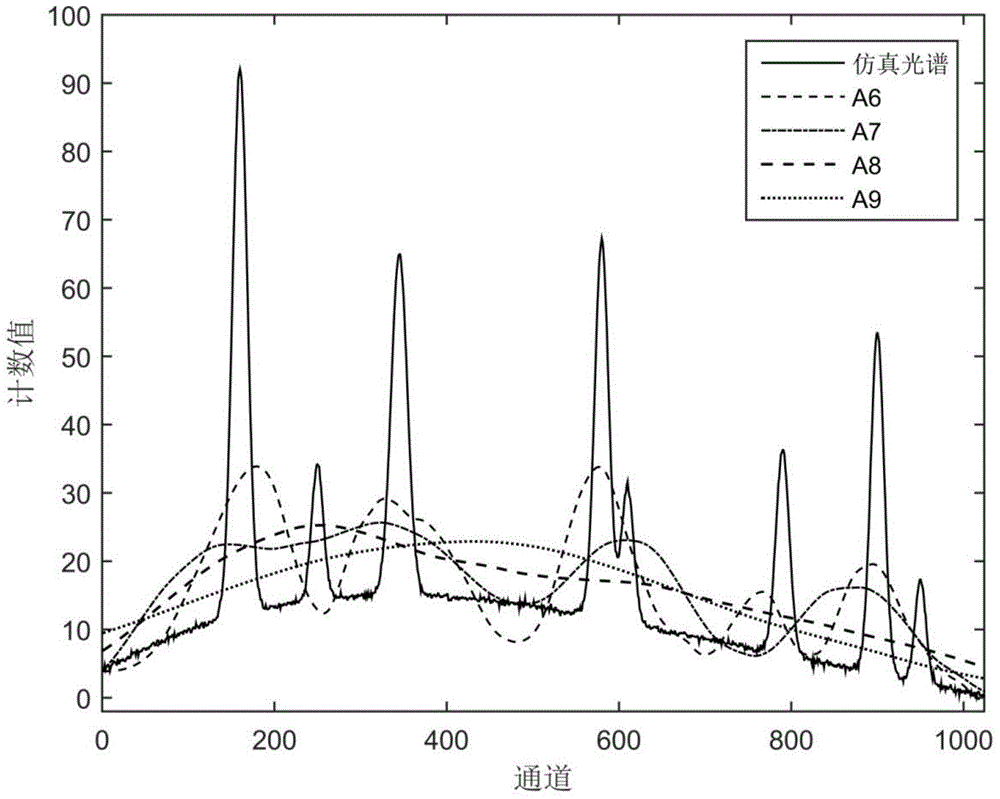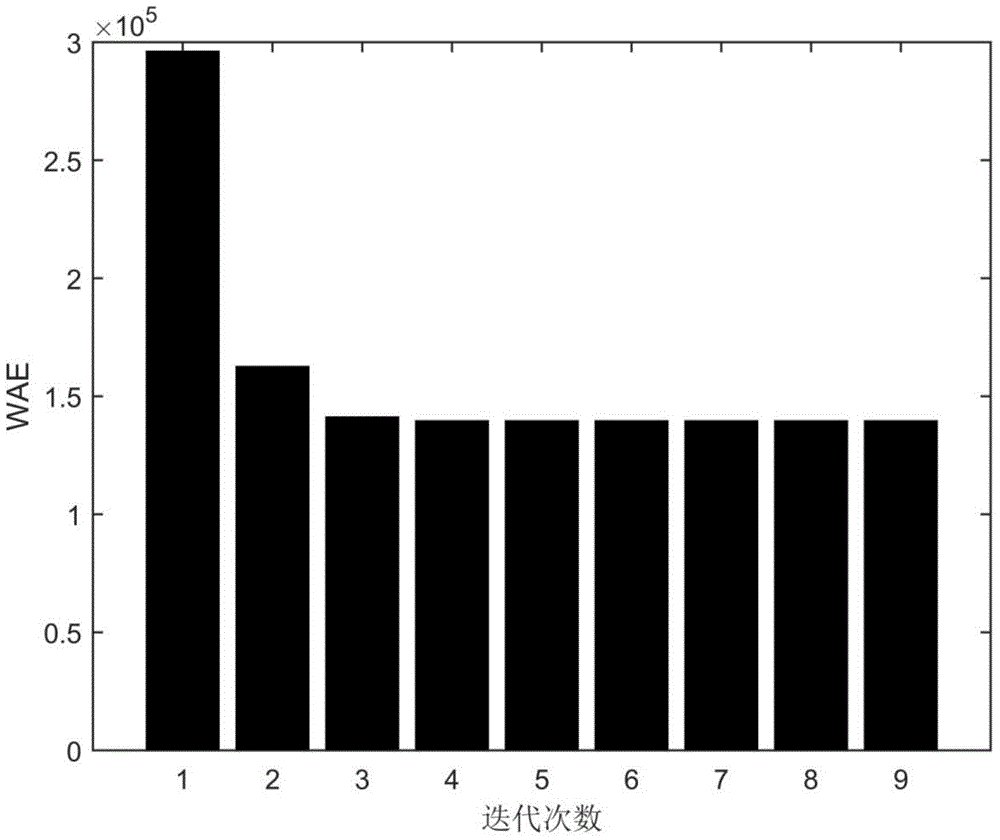Method of X-ray fluorescence spectrum background rejection
A fluorescence spectrum and X-ray technology, applied in the field of X-ray fluorescence spectrum background subtraction, can solve problems such as reducing calculation and spectral distortion, and achieve the effect of reducing calculation, improving accuracy and improving operation efficiency
- Summary
- Abstract
- Description
- Claims
- Application Information
AI Technical Summary
Problems solved by technology
Method used
Image
Examples
Embodiment Construction
[0036] The technical solution of the present invention will be further described below in conjunction with the accompanying drawings and embodiments.
[0037] figure 1 It is a flow chart when the present invention is implemented. The steps of the method include
[0038] Step 1. Obtain the original spectrum of X-ray fluorescence, denoted as f 1 [i], where i is the spectral abscissa, i∈Z + .
[0039] Step 2. Use several wavelet functions to be selected to analyze the original spectrum f 1 [i] Perform discrete wavelet transform. draw f 1 [i] and the wavelet approximation coefficient curves of each layer, such as figure 2 shown. Some wavelet approximation coefficients with small decomposition scales fluctuate greatly, which is quite different from the actual background of the spectrum, so you can directly give up and not draw, such as figure 2 The changes of wavelet approximation coefficients when J=6,7,8 are plotted in . There are always some wavelet decomposition lay...
PUM
 Login to View More
Login to View More Abstract
Description
Claims
Application Information
 Login to View More
Login to View More - R&D
- Intellectual Property
- Life Sciences
- Materials
- Tech Scout
- Unparalleled Data Quality
- Higher Quality Content
- 60% Fewer Hallucinations
Browse by: Latest US Patents, China's latest patents, Technical Efficacy Thesaurus, Application Domain, Technology Topic, Popular Technical Reports.
© 2025 PatSnap. All rights reserved.Legal|Privacy policy|Modern Slavery Act Transparency Statement|Sitemap|About US| Contact US: help@patsnap.com



